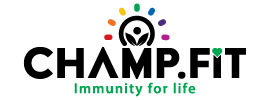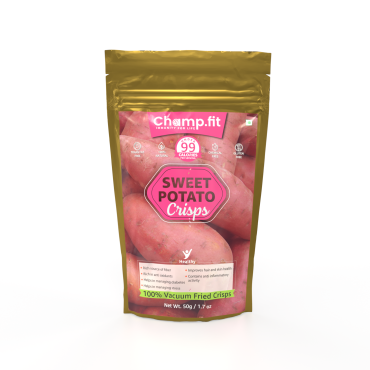A balanced diet is crucial during self-quarantine and isolation, particularly in times when your immune system might need to fight back!
Restricted access to fresh foods might pose you an obstacle to savour a bountiful meal. Yet, even with limited resources, you can continue eating nourishing foods that fortify good health.
This too shall pass!
Here’s presenting a list of self-quarantine braving nutrition tips, ‘must-have foods’ and some delicious recipes, crafted exclusively for your palate.
Top 13 Self-Quarantine Nutrition Tips:

- Avoid panic-buying. Chart your daily food intake in advance. You might feel like purchasing food in bulk, but make sure that you assess what is already present in your pantry, along with the foods having shorter shelf life.
- Use perishable fruits, vegetables, and reduced-fat dairy products first! Frozen foods can be used over longer periods of time.
- Now that you are in self-quarantine, take the time to prepare home-cooked meals.
- Alternatively, consider exploring ‘contact-less’ food delivery options in your area as well.
- Avoid over-eating. Be aware of ‘healthy portion sizes’ for adults. Be mindful that young children will need smaller portions.
- Follow good food hygiene practices. Keep your hands, kitchen area
and utensils super clean. Separate raw and cooked food. Cook your food
thoroughly. Keep your food at safe temperatures, either below 5 degree
Celsius or above 60 degree Celsius.
Use safe water and raw materials. - Avoid canned, frozen or processed foods, with high levels of salt.
- Limit your sugar intake. Make fresh fruits your priority. Frozen fruits, canned fruits in juice rather than syrup, dried fruits and desserts which are low in sugar, are also good options.
- Limit your fat intake. Prefer steamed, grilled, or sautéed food over
fried food. Prefer foods that contain healthy unsaturated fats like
fish and nuts. Reduce foods such as
red meat, butter, and full-fat dairy products. - Consume high-fibre foods such as vegetables, fruits, and wholegrain foods like oats, brown pasta, brown rice, quinoa, and whole-wheat bread, for a healthy digestive system.
- Stay well-hydrated. Avoid consuming large amounts of strong coffee, strong tea, caffeinated soft drinks, and energy drinks.
- Avoid alcohol or reduce consumption of alcohol, it can increase symptoms of depression, anxiety, fear, and panic during isolation.
- Enjoy family meals. Be a role model of healthy eating for your family. Involve your children in cooking healthy foods.
Checklist of Must-Buy Foods:
- Citrus fruits (Oranges), Bananas and Apples
- Root vegetables such as Carrots, Turnips and Beetroots
- Relatively non-perishable Cabbage, Broccoli and Cauliflower
- Frozen fruits and vegetables, to tide over scarcity of fresh foods
- Dried and canned Pulses such as Beans, Chickpeas and Lentils
- Wholegrain foods such as Rice and Pasta
- Starchy roots such as Potatoes and Sweet potatoes
- Dried fruits, Nuts and Seeds
- Eggs
- Canned Vegetables and Fish
- Reduced-fat, shelf-stable Milk
Did you know WHO recommends a minimum consumption of 400 g (i.e. 5 portions) of fruits and vegetables per day?
Nutritive Recipes:
Lastly, in a bid to encourage healthy eating habits during periods of self-quarantine and isolation, here are some of our chef-recommended Nutritive Recipes – which can be prepared with limited ingredients. Let’s get cooking!
Recipe #1:

Recipe #2:

Recipe #3:

Try our delicious recipes now!
We hope our smart nutrition and food tips will help you sail your self- quarantine and isolation period with optimum health and well-being, for you and your family!


